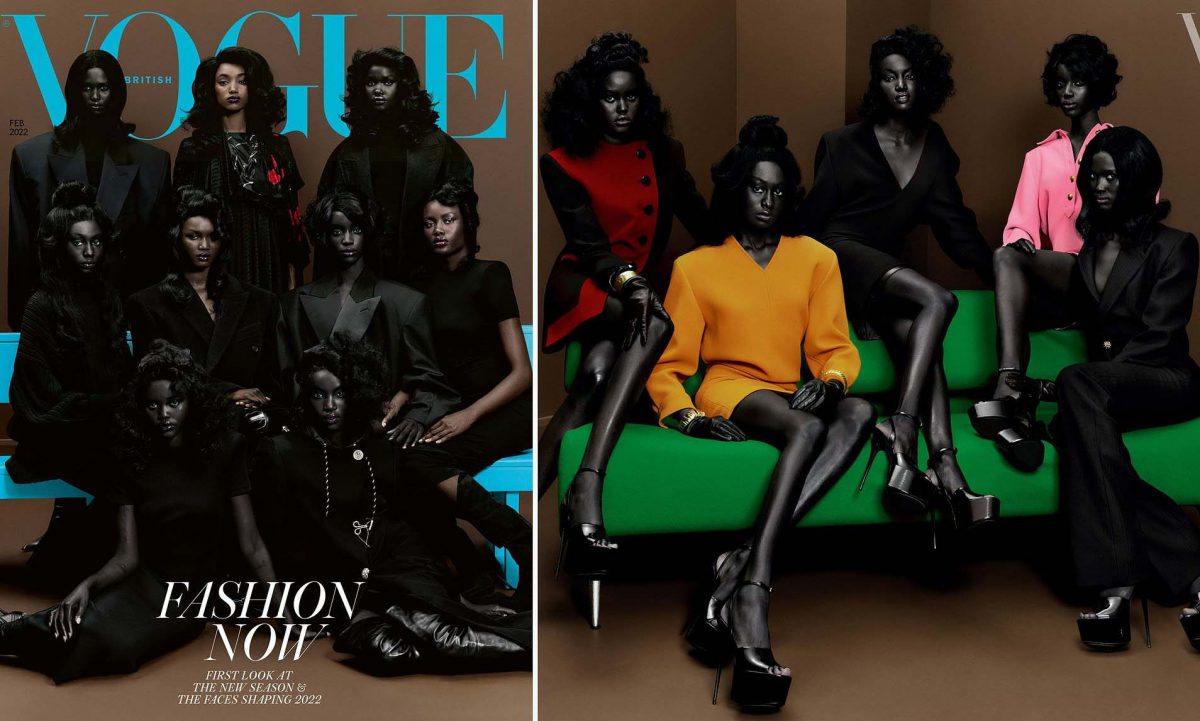 “Black eye, black hair, black skin
“Black eye, black hair, black skin
Black queen stand majestic with the black king
Today I’ll sing you a black song, you need to hear about beautiful black things ‘cause
Most time we hear about black, we hear about black magic and black witches
Black list, black book, black market Black Friday, ya spend off your black riches
I’ve never seen a doctor in black nor seen a black pill fi cure no black people
But I’ve seen bush doctors like Tosh and Marley resurrect like a real black beatle
Malcom, Marcus, Martin
When you see Walter Rodney ask him.”
The lyrics above are from an absolute favourite of mine, “Black is Beautiful” by Chronixx. I find his music to be therapeutic and necessary for my well-being. The lyrics are reassuring and comforting to listen to when you have been made to feel small or insignificant.
Art and representation are vital tools that aid in strengthening your sense of self. For the past year, I have tried to fill my eyesight and ears with imagery and sounds that aid in such. It has become more of an act of survival since we are living in a hyperpolarized world with constant aggressive culture wars.
Aggressive culture wars have also opened up the portal to the world of tokenism which in retrospect acts as a bandaid for representation. Tokenism is not the same as true representation. Tokenism isn’t lasting; it is fleeting. It is a temporary fix to pretend the problem really isn’t there.
In fashion this is what it always feels like. While many are happy to see two Black models and a Hijab-wearing model walk down the runway once in a while, it hardly ever translates into something that is seen as the wholesome standard. Rather it is just bare minimum tolerance.
Coming across images this week of British Vogue’s February issue was a reminder of the difference between true representation and tokenism. The cover features nine Black models. It forces us to challenge Eurocentric beauty ideals and our inherent biases on how we see the continent. The stereotypes that have plagued the continent have always centred around poverty and a slow adaptation towards trends which is why this particular cover is such a landmark one even though it references Peter Lindbergh’s supermodel Vogue cover from 1990.
It signals a shift in how beauty should be perceived and represented as opposed to just a polite option to calm constant protest. It signals to a shift in seeing Africa as all it has to offer, rather than as a passing trend
I can’t begin to imagine what this cover will feel like for Black women and girls. The sense of security and relief it will bring is immeasurable.
The arts can’t change everything overnight, but they can certainly act as life-changing comforters for those who seek them intentionally from the most reassuring spaces.
Chronixx’s music will always rescue me when I am facing my lowest lows, but this cover makes me even more eager to just be myself.








